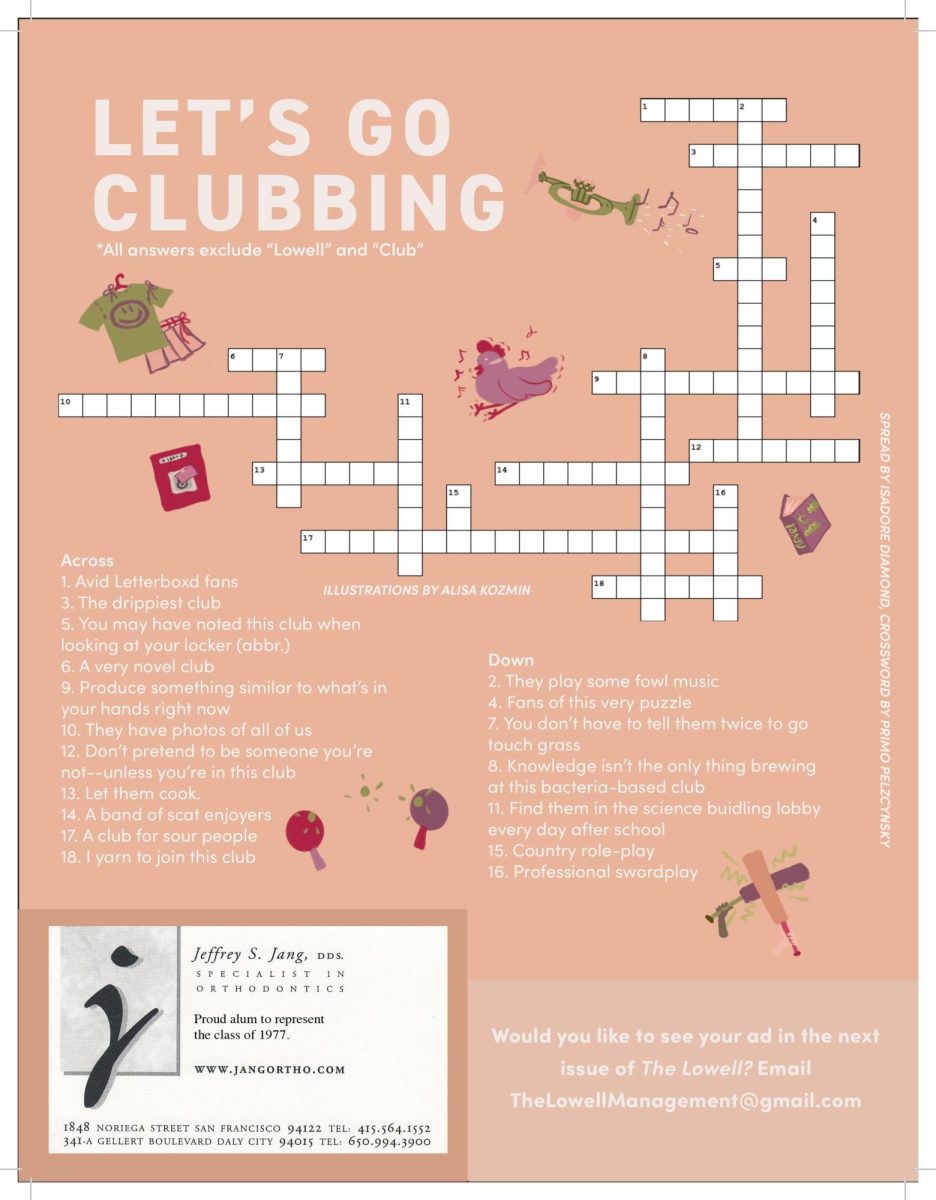By Emily Teng
Originally published on October 10, 2014
Change is revolutionizing the world of college applications, and many students across the nation wonder how this will affect them.
About 3 million students take the SAT every year, and plenty of future test-takers are worried about the changes which will take place in a couple of years. Here are the answers to your questions:
1. Who Will Be Affected?
The Classes of 2015 and 2016 will not be affected by these changes, as they will take the current form of the SAT. Only the Class of 2017 and those beyond will be subject to this new test format.
2. What Changes Are Being Made?
The SAT will make the essay section optional, which will lower the maximum score from 2400 to 1600, according to the College Board website. This will reduce the length of the test from 3 hours and 45 minutes to 3 hours, with an additional 50 minutes for students who decide to take the essay portion.
In addition, the SAT is undergoing eight main changes that will be put into effect in spring 2016:
- In the English section, vocabulary words will be relevant and put into context. For example, after reading a short paragraph, students may be tested on the meaning of one of the words included in the text
- Students will be asked to pull evidence from various provided sources for their answers
- Test-takers will analyze literary elements utilized in passages to support the author’s case
- The math section will focus on problem-solving, algebra and complex equations used in college and many careers
- Math questions will be modeled to replicate real-world situations that students may encounter in the future
- The test will include key documents from America’s history and written by influential figures
- In all sections, test-takers will interpret and solve problems by applying skills from other subjects. For example, the Evidence-Based Reading and Writing section will include graphs and charts, and the Math section will include scenarios with roots in science and social studies
- No penalty for wrong answers
3. What Are the Reasons For the Changes?
College Board, the private company that makes and distributes the SAT, changed the exam with hopes of making it more relevant to students’ studies. By making the changes, College Board also hopes to increase the percentage of students who are college ready by providing as many opportunities for lower-income and minority students as they can, according to their website.
“The revised PSAT will be a kind of beta test for the revised SAT.”
4. How Will This Affect Students?
Students will be tested on school curriculum and skills that will hopefully be crucial in college and future careers, rather than irrelevant knowledge they cannot use in everyday situations, according to College Board. Also, it will hopefully lessen the disadvantage for students who cannot afford to pay for SAT prep courses, as questions will be based on concepts they have already learned and studied. The questions are designed to be more familiar to students because they will be modeled on the work of the best classroom teachers, according to College Board.
5. Will There Be a New PSAT/NMSQT?
The Preliminary SAT/National Merit Scholarship Qualifying Test (PSAT/NMSQT) will change to match the new test format in October 2015, which will give students an opportunity to experience taking the new format before the actual SAT rolls around the following spring. College Board is currently collaborating with the National Merit Scholarship Corporation to produce “an assessment and scholarship resource that ensures students are recognized for and take advantage of the opportunities they have earned,” according to the College Board website.
“I think it would be a good idea for students to familiarize themselves with evidence-based reasoning and problem-solving skills.”
Releasing the PSAT before the new SAT will be beneficial for College Board, as they will be able to make improvements based on the PSAT results. “The revised PSAT will be a kind of beta test for the revised SAT,” Elite Educational Institute director Randolf Arguelles said in an email. “The revised PSAT will assist College Board with the research and development of the new SAT. It will enable College Board to spot, for example, any inconsistencies with the predicted difficulty levels of the new-style questions as compared to their actual difficulty on a PSAT when administered to a nation-wide student population in October 2015.”
6. How Do I Prepare For the New SAT?
College Board suggests that students prepare for the redesigned SAT by continuing “rigorous course work” in school. In addition, the College Board website provides many free tools to help with SAT prep, including sample questions, videos from Khan Academy and full-length practice tests.
TestMagic founder and director Erin Billy agrees that students should focus on school work as a form of SAT preparation. “The best preparation for the SAT — both the upcoming one and the existing one — is a solid academic foundation built over the course of one’s years in school,” he said in an email. “Work hard, pay attention in class, take notes, ask lots of questions, do your homework accurately and with mindfulness, and you’ll have a distinct advantage. With the latest version of the SAT, however, it will be even more important to have strong critical thinking skills, so students will need to focus on the areas in school that require more concentration and actual thinking as opposed to comparatively mindless rote memorization.”
However, Arguelles recommends that students be careful about preparing for the redesigned SAT, as none of the changes are final yet. “For the moment, I think it would be a good idea for students to familiarize themselves with evidence-based reasoning and problem-solving skills,” Arguelles said in an email. “For instance, learning how to do the document-based questions on the Advanced Placement U.S. History exam would be a way to learn the kind of evidence-based reading and writing that will be tested on the SAT. On the math side, review basic and advanced algebra concepts, as algebra has become one of the areas of emphasis on the new SAT math section.”
With all these changes coming just around the corner, future test takers had better take notice.












